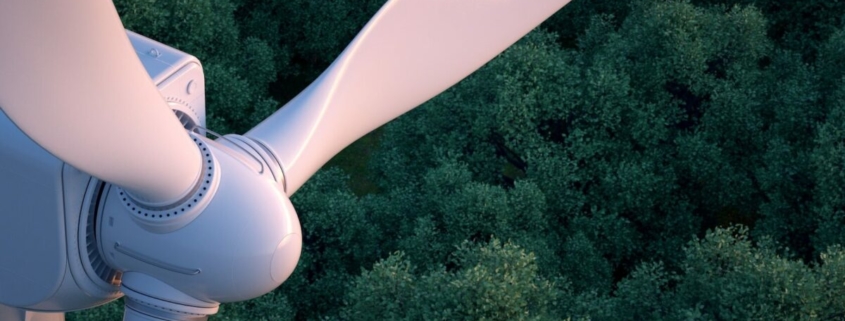Is Aluminium Sustainable?
Every industry is exploring ways to make their products, processes and supply chain more sustainable. When it comes to structural metals, aluminium is renowned for its green credentials, but is there room for improvement? If you are contemplating aluminium extrusions or sheets for your project, let us offer you insight into aluminium’s green credentials.
How is Aluminium Sourced?
Aluminium is one of the earth’s most abundant resources. Despite this fact, it wasn’t discovered until the early 1800s and a viable process for extracting it didn’t occur until around a century ago.
To briefly explain the extraction process, Bauxite is crushed and filtered, removing residue known as red mud. The remaining alumina is dissolved in molten Cryolite and electrolysis is used to melt and syphon off the aluminium.
There is no getting around it; the process requires high volumes of water and energy. It also releases carbon dioxide and produces high volumes of the waste product, known as ‘red mud’. If you are thinking this doesn’t sound like an environmentally conscious process, you’re right. So how has aluminium gained its image as a green metal?
Aluminium is Infinitely Recyclable!
What sets aluminium apart is the fact that it is infinitely recyclable. Whether the metal is formed into aluminium extrusions for construction or cans for fizzy drinks, it can be recycled. The recycling process uses around 5% of the energy needed to extract the raw material. What’s more, recycling in no way diminishes the properties of the metal.
Around 75% of all aluminium ever produced is still in use. The aluminium components in your car could have an interesting past life as window frames, kitchen utensils or light fittings. When you replace a washing machine or fridge, aluminium is removed and recycled into chair legs, or parts for a yacht. This is why it is regarded as a circular metal.
Responsible Design & Finish of Aluminium Extrusions
As aluminium specialists, we have built-in sustainability with a considered approach to aluminium design, fabrication and finishing. It’s not enough to sell a green metal, we also aim to minimise the environmental footprint of our work. So, what actions have we taken?
Aluminium Extrusion Design
Firstly, at the aluminium extrusion design stage, we advise on solutions that design out the need for machining later in the process. By incorporating grooves, hinges and slots with threads, the finished piece is produced with less energy, time and cost.
Aluminium Extrusion Cutting & Fabrication
Secondly, we minimise waste. Aluminium is one of the few structural metals that can be forced through a die to form lengths of uniform cross-sections; a process known as extrusion. Bespoke profiles are used in the construction, automotive, marine and electronic industries, to name but a few. Our bespoke extruded aluminium is manufactured and assembled to exact requirements to minimise waste.
Powder Coated Aluminium Extrusions
Thirdly, our facilities for powder coating aluminium parts were upgraded several years ago. Water is collected and recycled, ready to be reused. This process is only possible because we use solvent-free powder coatings, which also reduce our environmental impact. This system has more than halved our water use.
Full in-house Production
Fourthly, Salesmade manages all stages of the process in-house, from aluminium extrusion design to machining, assembly and the application of finishes. This aids efficiency, speeds up production and gives us control over quality. In addition, we don’t clock up much mileage, so reduce carbon emissions.
Waste Management
In addition, we have been proactive in sorting and recycling all other materials that are used in our daily operations. As a result, over 94% of our waste avoids landfill.
How is the Aluminium Industry Improving Sustainability?
Sustainability was the focus of this year’s Metal UK exhibition in September. All suppliers and manufacturers know that the future of their business depends on it. As such, continuous improvement is driving innovations in aluminium extraction and production.
These include:
Energy Use – 100% renewable energy is increasingly being used to power extraction processes. The result is low-carbon aluminium, qualified as a metal with a carbon footprint of less than 4CO2 e/t AI.
Equally, new ‘greening aluminium production’ methods are being explored in Europe, including carbothermic reduction and solar furnaces. These are in early development stages, yet provide hope for the future of aluminium production.
Waste Product Use – Scientists are also developing viable uses for the bauxite ‘red mud’ residue. It has been proven possible to use it in the production of wrought iron and steel, as well as for mineral wool insulation.
Sustainable Aluminium
So, the infinite recyclability of aluminium has earned it a reputation as a green metal. However, improvements to extraction and processing will enhance sustainability. Aluminium specialists, like us, are investing in systems to minimise waste and we will embrace innovative solutions that are developed for our industry.

